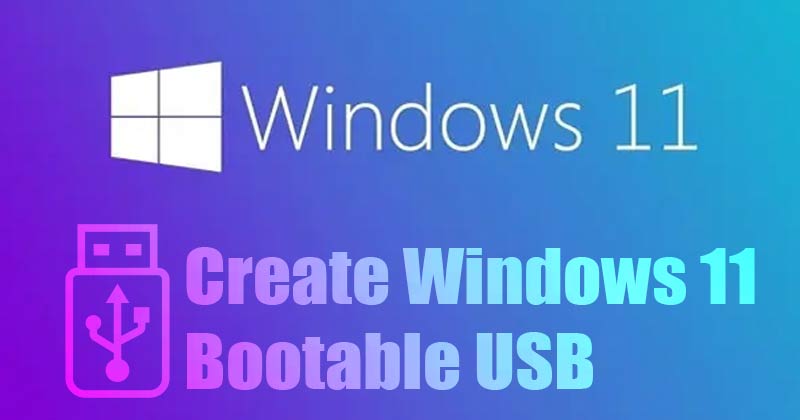A Booting Solution for a World of Possibilities
In the realm of technology, the ability to create a bootable USB drive is a game-changer. Whether you’re a seasoned IT professional or a tech-savvy home user, having this capability in your arsenal empowers you to effortlessly troubleshoot operating system issues, install new software, or even recover from system crashes.

Image: techviralak.pages.dev
In this comprehensive guide, we’ll delve into the ins and outs of creating a bootable USB drive. From understanding its purpose to mastering the step-by-step creation process and troubleshooting common issues, we’ll equip you with the knowledge and skills to harness this essential tech tool.
What is a Bootable USB Drive?
A bootable USB drive is an external storage device that has been “burned” with an operating system or recovery image. When this drive is plugged into a computer, it can boot from the USB drive and load the operating system or recovery environment, bypassing the computer’s primary hard drive.
Key Benefits of Using a Bootable USB Drive
- Easy Setup and Installation: Create a bootable USB drive and install operating systems or recovery images in a few simple steps.
- Emergency Repair: Troubleshoot operating system issues, recover lost data, or restore system settings from a USB drive without relying on an external hard drive or CDs.
- Portable Troubleshooting: Carry a bootable USB drive in your toolkit to address computer issues wherever you go, whether in your home, office, or on the road.
Step-by-Step Guide to Creating a Bootable USB Drive

Image: www.youtube.com
What You’ll Need:
- USB flash drive (minimum 8GB recommended)
- Windows 10 or 11 ISO image file
- USB creation tool (Rufus, Etcher, or Media Creation Tool)
Instructions:
- Format the USB Drive: Insert the USB drive into your computer and format it using the File Explorer. Select FAT32 as the file system.
- Download Rufus: Visit the Rufus website to download the latest version of Rufus. This tool makes it easy to create bootable USB drives.
- Launch Rufus: Run Rufus and select the USB drive you wish to make bootable. Make sure the “Partition Scheme” is set to GPT and “Target System” is set to UEFI.
- Choose the ISO File: Click the “SELECT” button and browse to the Windows 10 or 11 ISO image file you downloaded.
- Start the Process: Click the “START” button to begin creating the bootable USB drive. Rufus will format the drive and copy the ISO image to it.
Expert Tips and Advice
To enhance your success, consider these expert tips:
- Select a High-Quality USB Drive: Choose a drive with a faster write speed (USB 3.0 or higher) for better performance.
- Use the Correct Image File: Ensure you have the correct operating system ISO image file for the system you wish to boot from.
- Disable Secure Boot (Optional): If you encounter booting issues, try disabling Secure Boot in your computer’s BIOS settings.
FAQ
Can I use a bootable USB drive on any computer?
Yes, bootable USB drives are designed to be compatible with most computers, regardless of their brand or model.
What should I do if my computer doesn’t boot from the USB drive?
Check if the ISO image file is correct, ensure the USB drive is properly formatted, and disable Secure Boot if necessary.
How Can I Create A Bootable Usb Drive
Conclusion
Creating a bootable USB drive is a powerful skill that every tech-savvy individual should possess. By following our comprehensive guide, you can effortlessly install operating systems, troubleshoot issues, and recover your system like a true tech wizard.
Is creating a bootable USB drive something you’re interested in learning more about or attempting?
:max_bytes(150000):strip_icc()/142202371-5ab3dbf1ff1b78003633a0dd.jpeg?w=740&resize=740,414&ssl=1)




